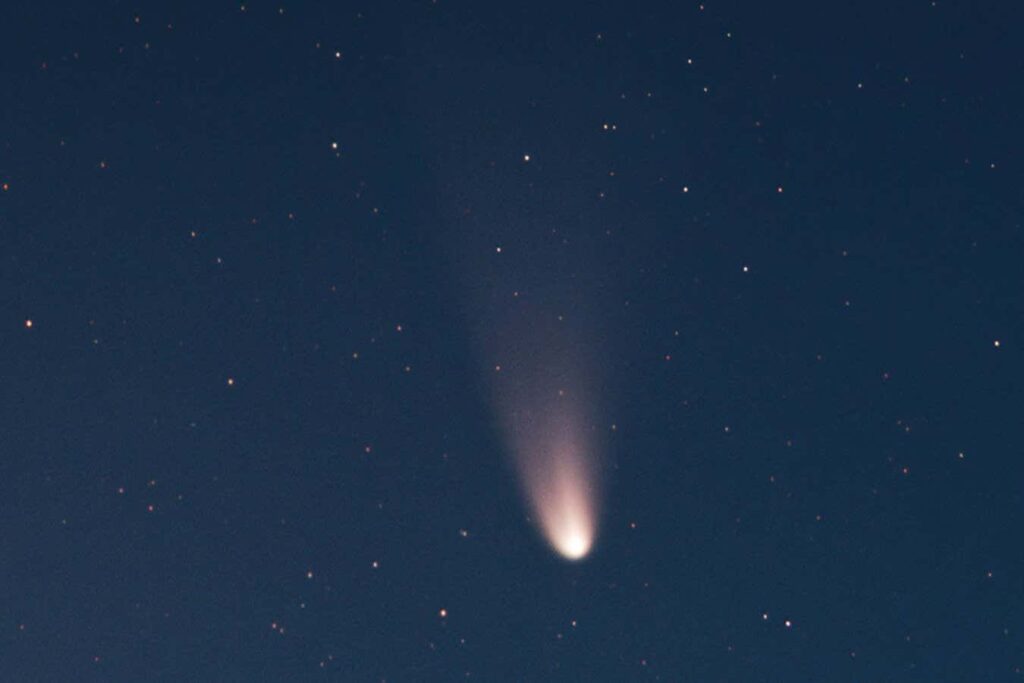Comet C/2024 G3 (ATLAS) captured on 31 December 2024 using a telescope in Río Hurtado, Chile
Lionel Majzik
A comet that has taken astronomers by surprise could shine as brightly as Venus in the night sky as it passes by Earth over the next few days.
Comet C/2024 G3 (ATLAS) was spotted in April last year by NASA’s Asteroid Terrestrial-impact Last Alert System when it was more than 600 million kilometres from Earth. Astronomers initially assumed it wouldn’t survive its orbit close to the sun, but later observations suggested that the comet is taking a different path that will allow it to survive and perhaps even remain intact for a flyby of Earth.
This new orbit, which takes 160,000 years for a round trip, has the comet snaking its way through our solar system in a way that makes it visible for stargazers in the southern hemisphere. But for the final part of its journey around the sun, it should be just about visible with binoculars to people in the northern hemisphere too.
Observations since the new orbit was suggested have shown that the comet is growing brighter than expected, which could mean it is breaking up as it travels closer to the sun. However, the most recent observations have shown that the brightness has persisted and even increased, which wouldn’t be the case if the comet had disintegrated.
If C/2024 G3 survives, it could lead to an exceptionally bright appearance in the night sky, with some astronomers predicting its brightness will match that of Venus, making it one of the most brilliant comets in decades.
However, the comet’s exact brightness is uncertain. It could be far away enough to reflect the sun’s light and be clearly visible, or it could be washed out by the sun’s light, rendering it invisible.
Astronomers have also floated the possibility of a phenomenon called forward scattering, where dust from the comet causes it to appear brighter than it would normally, but the chances of this are low, according to meteorologist Joe Rao at Space.com.
If the comet does shine brightly, then it will probably reach its maximum level around the time it makes its closest approach to the sun. The Central Bureau for Astronomical Telegrams, which aggregates observations from astronomers around the world, predicts this will happen on 13 January at 10.17am GMT, with the comet’s closest approach to Earth happening a few hours later.
This equates to a roughly three-day viewing window for those in the northern hemisphere hoping to glimpse the comet, should it be bright enough, from 12 to 14 January. For people in places like the US and Europe, the best time to see the comet will be around half an hour before sunrise on 12 January, where it should be visible with binoculars, about 5 degrees above the sun or just above the horizon. There should also be a second chance to see it around half an hour after sunset on 14 January.
Topics:

